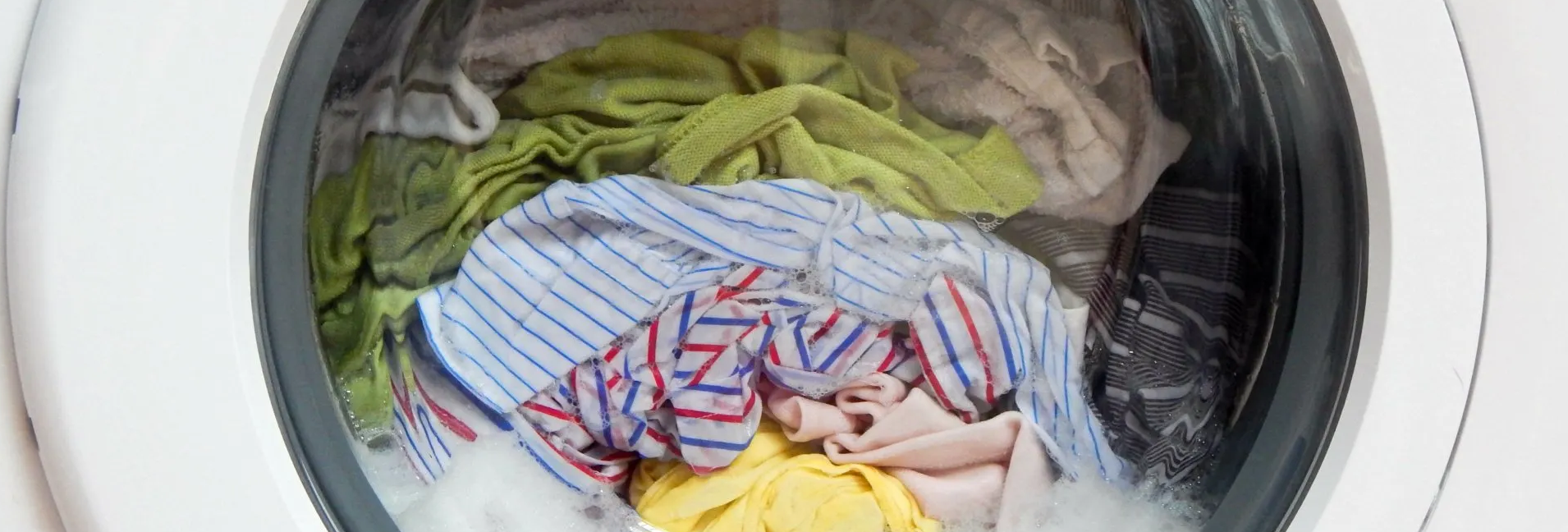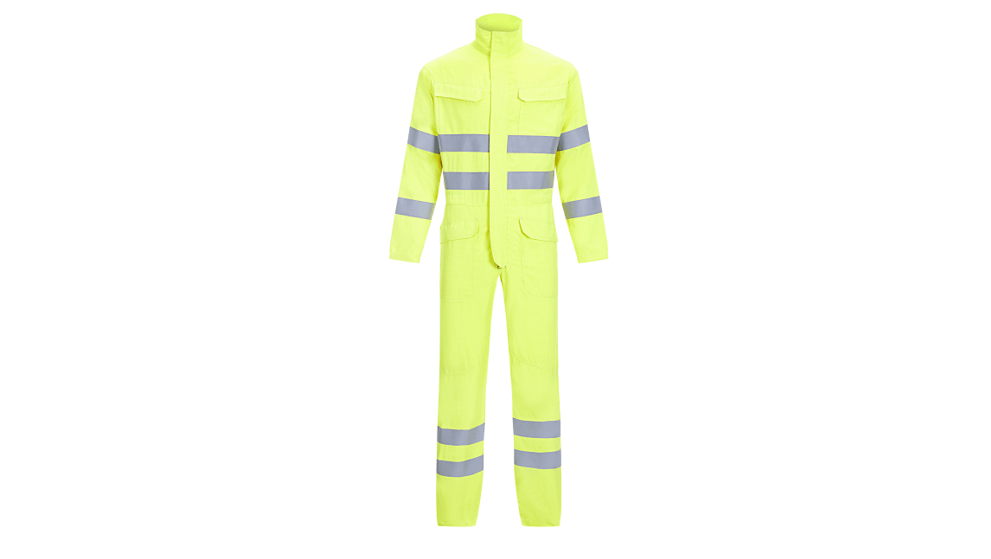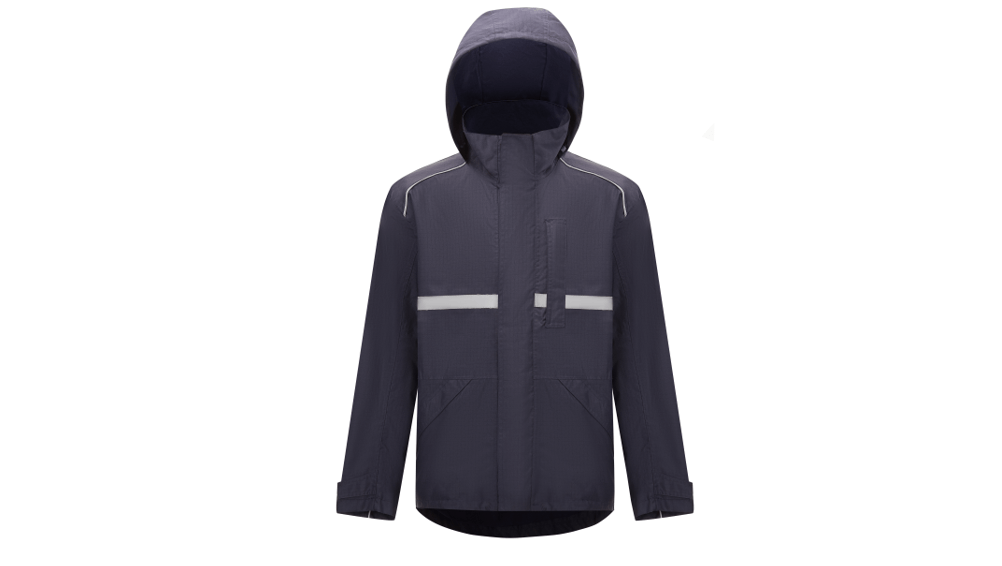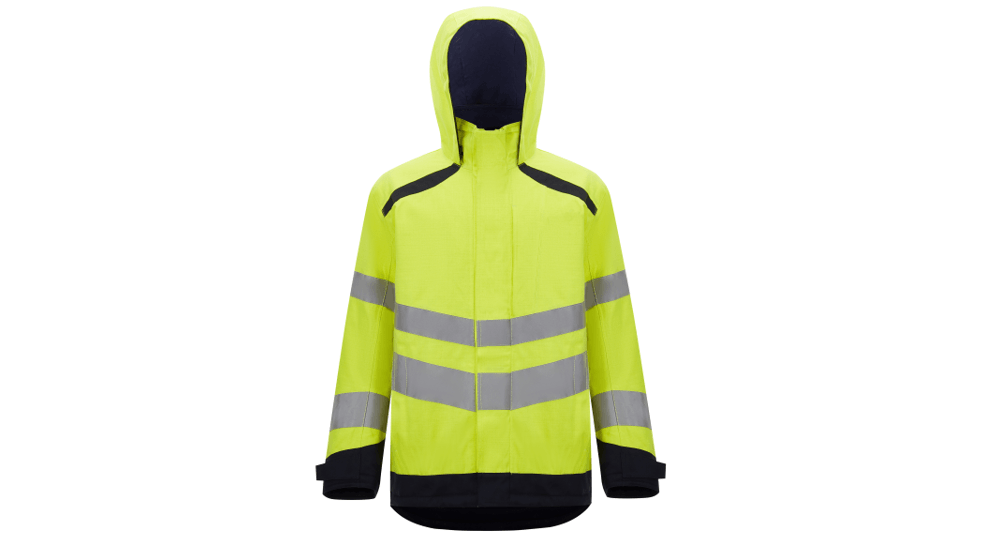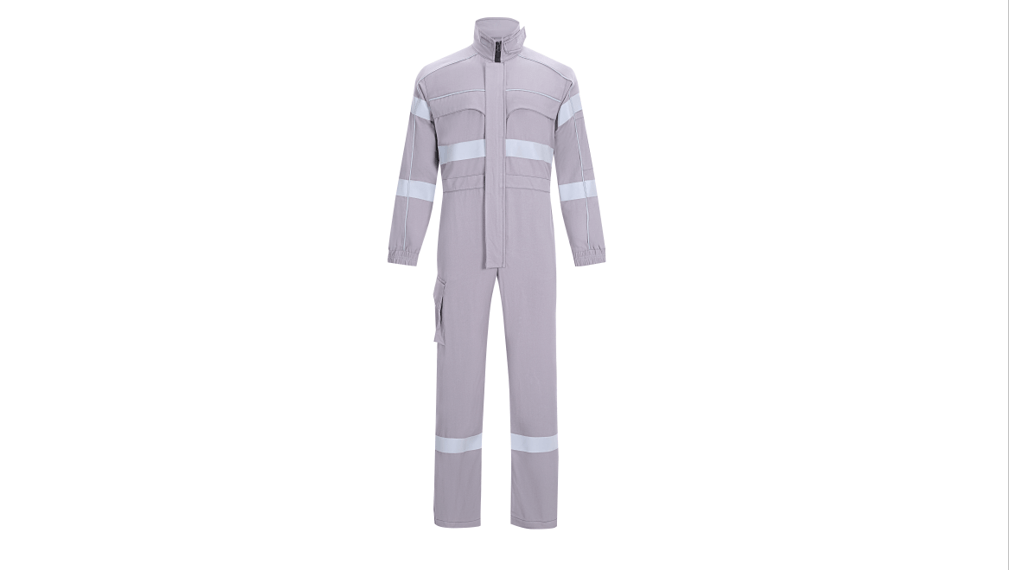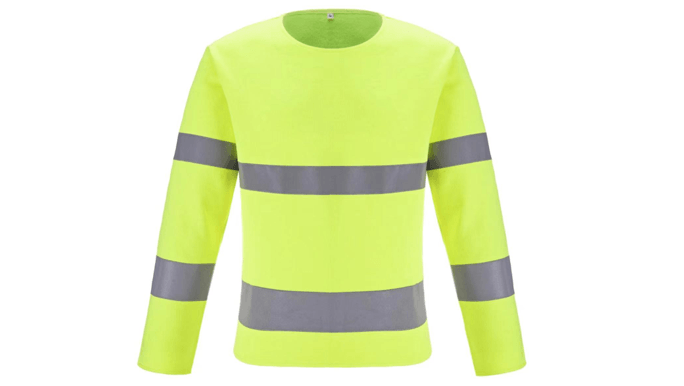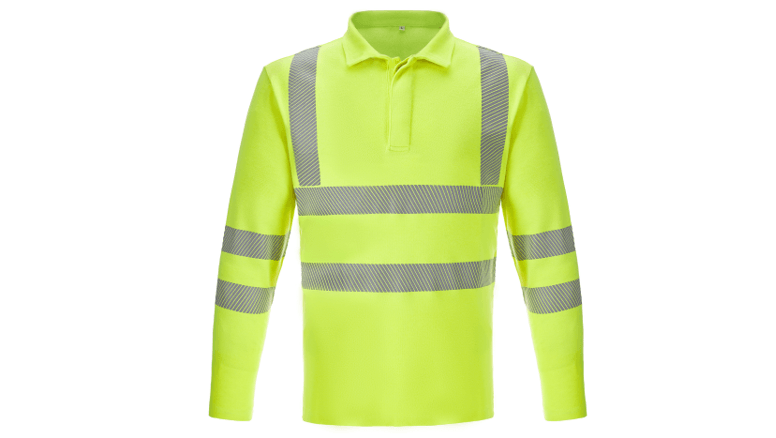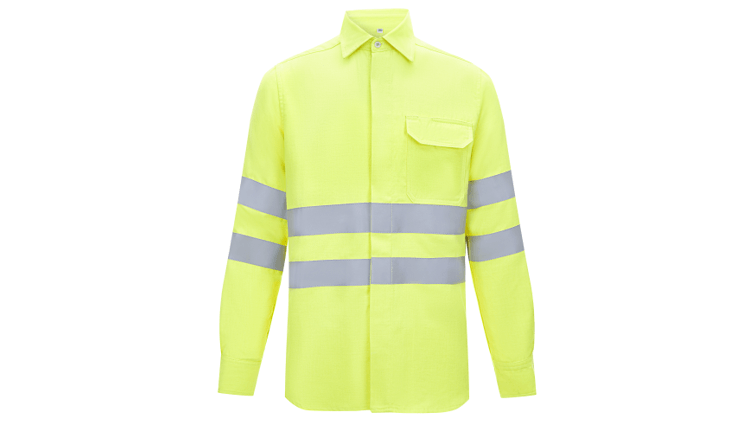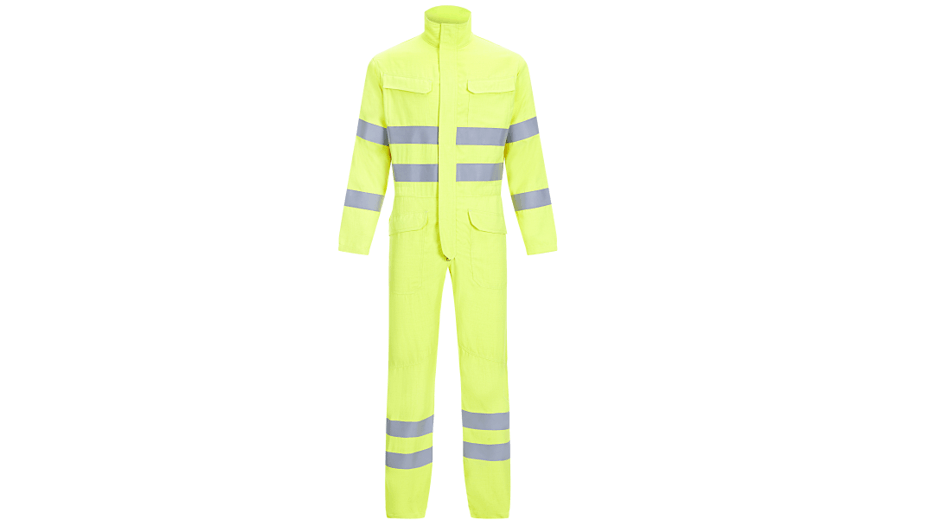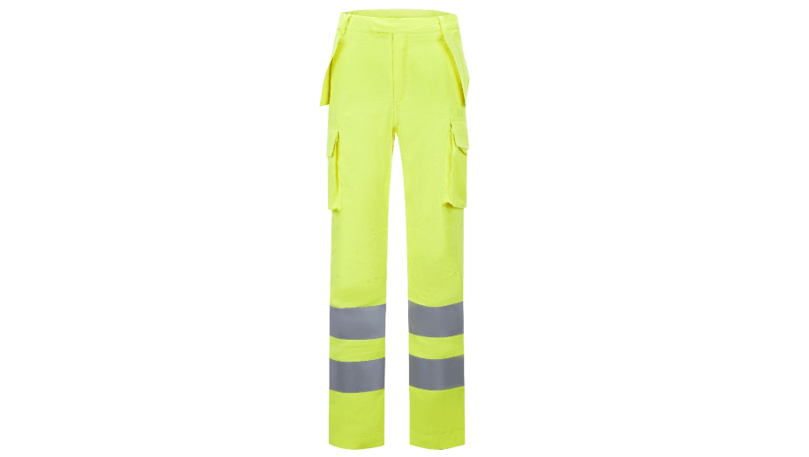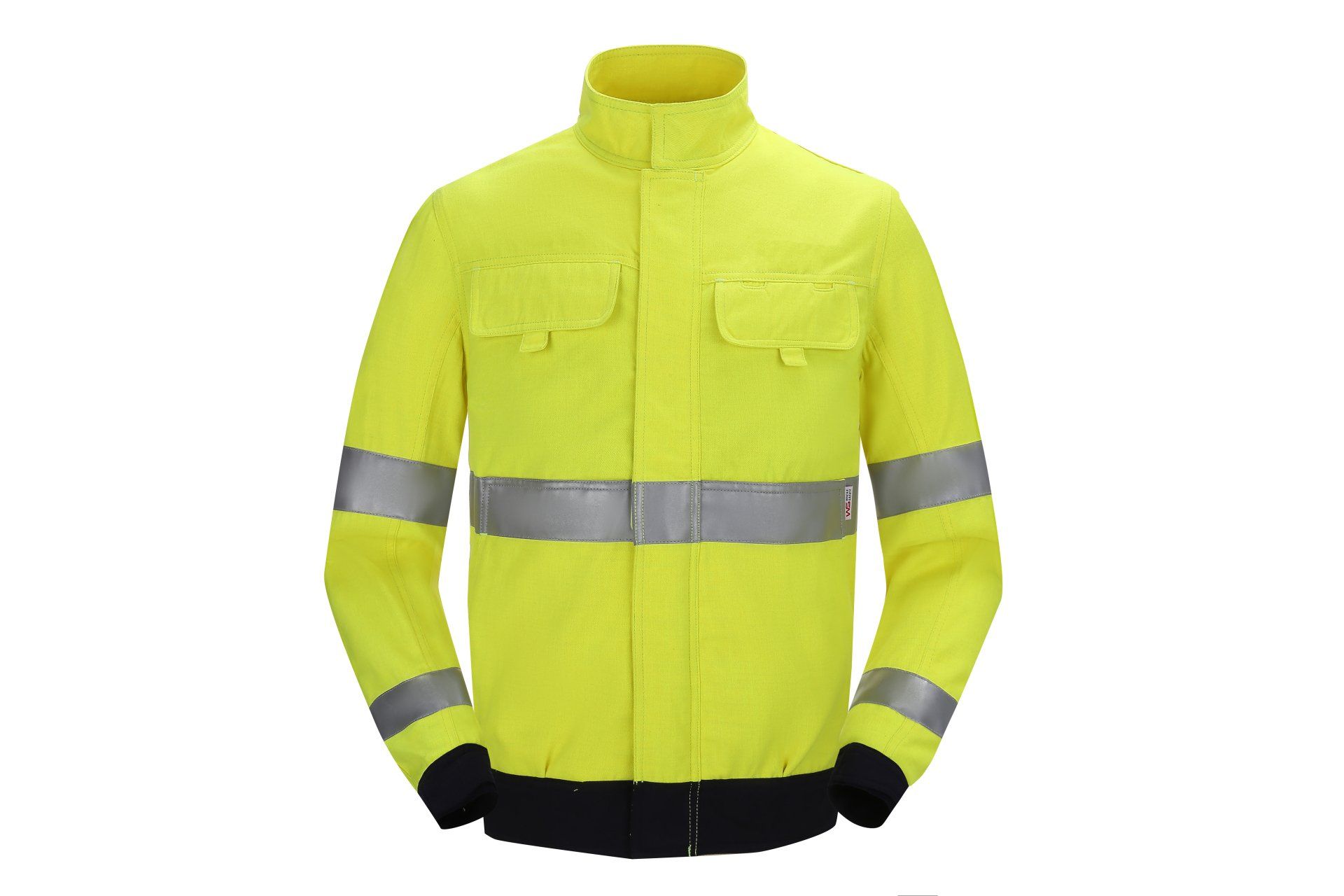What is Microplastics definition?
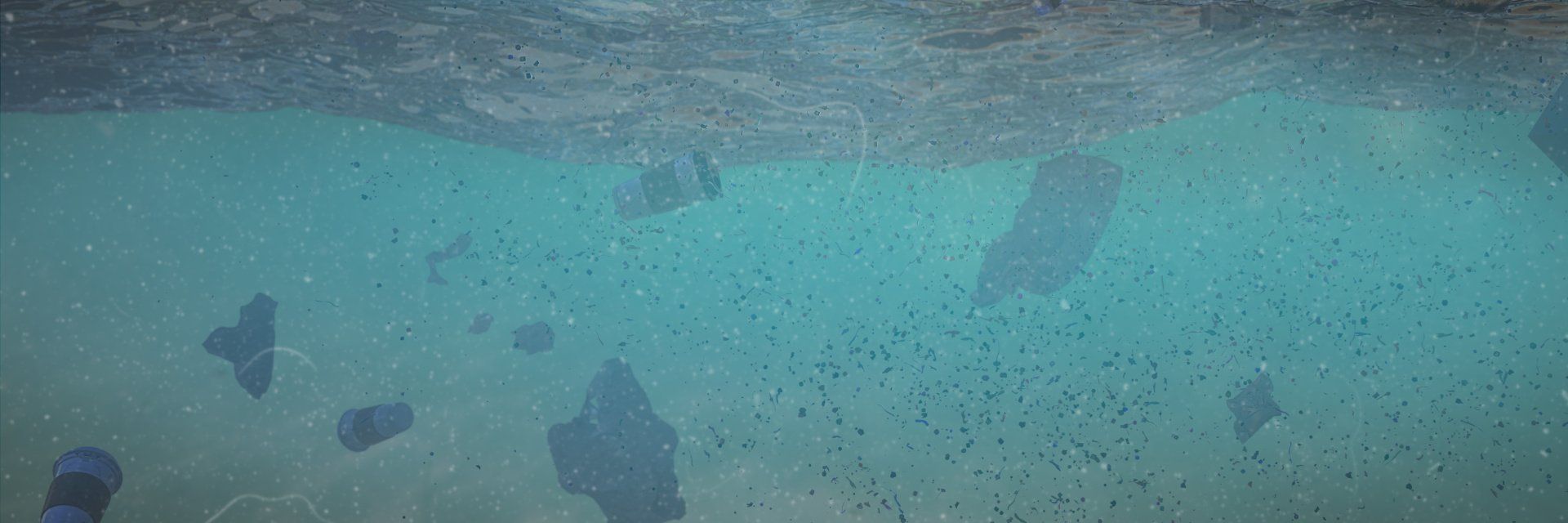
Microplastics are fragments of any type of plastic less than 5 mm in length, according to the U.S. National Oceanic and Atmospheric Administration (NOAA] and the European Chemicals Agency.They enter natural ecosystems from a variety of sources, including cosmetics, clothing, and industrial processes.
Microplastics are recognized to persist in the environment at high levels, particularly in aquatic and marine ecosystems.
Because plastics degrade slowly (often over hundreds to thousands of years), microplastics have a high probability of ingestion, incorporation into, and accumulation in the bodies and tissues of many organisms. The toxic chemicals that come from both the ocean and runoff can also biomagnify up the food chain.
source: https://en.wikipedia.org/wiki/Microplastics
Microplastic and Garments
Microplastic pollution caused by washing processes of synthetic textiles was discovered to be one of the main source of primary microplastic. First accounts of synthetic fibres coming from clothes-washing machines were found in sludge, sludge products, and sewage treatment plant effluents moreover, as microplastics they were detected in different samples collected from beaches and from estuarine and subtidal sediments in the UK
The release of microplastics from synthetic clothes is mainly caused by the mechanical and chemical stresses that fabrics undergo during a washing process in a laundry machine, which lead to the detachment of microfibres from the yarns that constitute the textile. Due to their dimensions, the released microfibres could partially pass through wastewater treatment plants (WWTPs) and reach directly the oceans.
Source: https://www.nature.com/articles/s41598-019-43023-x
How can a can clothes avoid microplastics?
One of the first and most effective action we can take is washing less. To do this the ideal solution is an odor control finishing added to the garment. Fore more information please take a look in this blog to post Odor control: wash less, wear more by Polygiene
The other action, that should be taken firstly by garments manufacturers, is the selection in the supply chain of biodegradable fabrics. So natural fabrics like cotton, wool, hemp. Technology and research now make available also a huge variety of poliestere made from bio-based sources like corn. And sure this is also bio degradable!
Quite "simple" but requires everybody action. The above fabric in the picture is done with wool and poliestere from corn.
OUR LOCATIONS
EUROPE (UK)
Give us a call at:
Fax us at:
Email us at:
Location:
5th floor, North Side - 7/10 Chandos Street
Cavendish Square - London W1G 9DQ
BANGLADESH
Give us a call at:
Email us at:
production_bd@wholesafety-group.com
Location:
House: 14 (2nd Floor). Road: 04. Sector: 04. Uttara Model Town. Dhaka: 1230. Bangladesh
CHINA
Give us a call at:
Email us at:
production_cn@wholesafety-group.com
Location:
No.5, Lane388, Lianfu Road, Songjiang,
Shanghai – China
INDIA
Give us a call at:
Location:
No.642, 3rd Floor , Near Arch . RR Nagar Main Road ,Raja Rajeshwari Nagar Bangalore - 560098, India
BULGARIA
INTERNATIONAL
© 2021 All Rights Reserved | Wholesafety Group
Company Registration Number | 101 636 40





